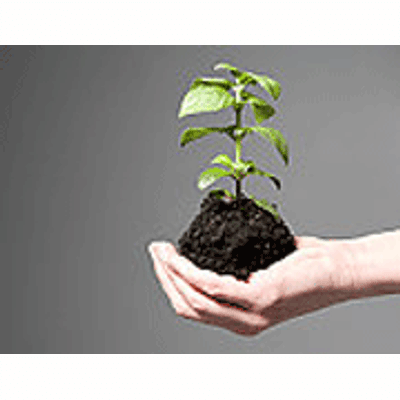

- Home
- Companies
- European Commission, Environment DG
- News
- Healthy soils for a healthy planet

Healthy soils for a healthy planet
About 70 billion tonnes of organic carbon are stored in Europe`s soils alone. A changing climate could see the release of carbon from some soils. The article `Alpine soils may release carbon following climate change` suggests that carbon, bound in soil for 17,000 years, could be released under rising temperatures.
Land use has a major impact on soils. This in turn affects soil`s contribution to combating climate change. Ongoing research into future land use change is explored in `The effects of future land use change on EU soil carbon stocks`.
Europe`s population is increasingly living in towns and cities, which is having a profound impact on soils. The right information about soils will help planners develop more sustainable cities. `Urban soil: how can we preserve its carbon and nitrogen sink?` reviews our current state of understanding of urbanisation and soil health.
Improved management of agricultural land can increase soil`s carbon sink, while boosting productivity. Farmers who practice crop rotations with cycles of returning the land to pasture do not experience a drop in profits, according to `Soil management: changes to crop rotations reduce carbon emissions`.
Farmers are entrusted with conserving farmland biodiversity through sustainable practices. For example, more conservative farming techniques, such as shallow ploughing, can enhance earthworm populations and improve soil functioning. See: `Deep ploughing reduces diversity and number of earthworms`. Similarly, farmers who maintain grassy margins at the edges of fields provide important habitats for soil dwelling creatures. See: `Grassy margins enhance soil biodiversity`.
The research highlighted in this issue represents only a fraction of efforts to protect our planet`s soils. Soil is a vital, non-renewable resource providing essential support to human life, society and ecosystem services. We must continuously monitor soil quality in order to detect changes early on.
